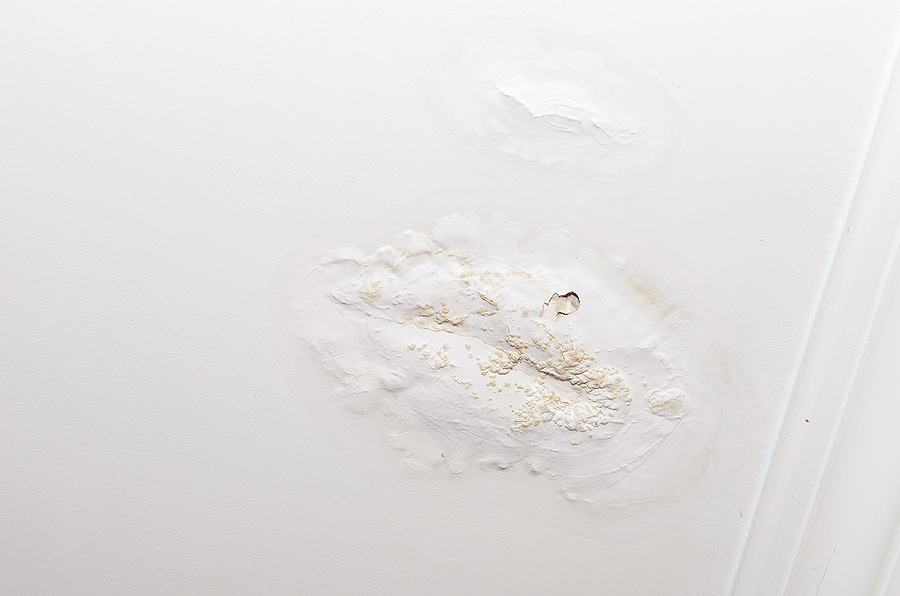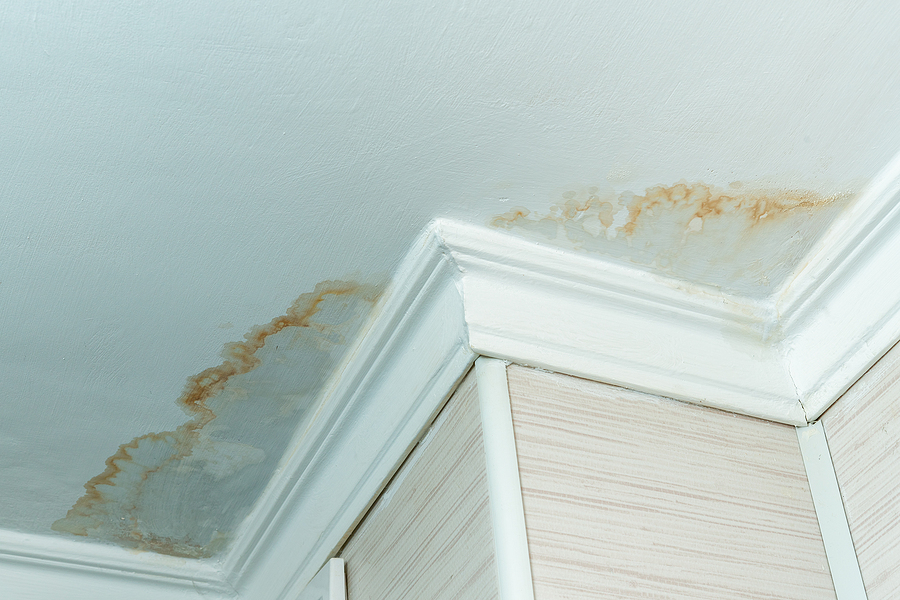In the world of home maintenance, a key aspect that often gets overlooked is something quite literally right under our noses — our walls. For homeowners, sagging or bulging drywall can be an unsettling sight. Not only can it mar the beauty of your home, but it can also indicate underlying issues that may need immediate attention. This blog post will guide you through understanding the causes of drywall imperfections and what you can do about them.

The Problem With Sagging or Bulging Walls
Sagging or bulging drywall is more common than you might think. For many homeowners, the first sign is a slight dip or protrusion in the wall. Left unchecked, these issues can lead to significant problems down the line. Drywall issues are not just cosmetic; they can be a sign of moisture intrusion, structural inadequacies, or even poor installation practices. Knowing how to spot these signs early can save you time, effort, and money.
Sagging vs. Bulging
At first glance, sagging and bulging might seem identical, but they arise from different sources. Sagging drywall typically hangs downwards, indicating a loss of support or integrity in the ceiling or wall. Bulging, on the other hand, pushes outward, suggesting pressure from behind the drywall. Identifying which issue you’re dealing with is crucial for determining the right fix. Recognizing these differences can help you address the root cause more effectively.
Top Causes of Sagging Drywall
Water Damage
One of the most common culprits behind sagging drywall is water damage. Whether from a leaky roof, plumbing issues, or poor ventilation, water that seeps into drywall causes it to weaken and sag. Homeowners should watch for water stains, soft spots, or a musty odor—all indicators of moisture issues. Addressing water damage swiftly is essential to prevent further deterioration.
Structural Issues
Structural inadequacies, such as insufficient support beams or shifting foundations, can lead to sagging drywall. If your home is settling unevenly, it can create stress points that cause walls to sag. In such cases, the drywall is merely a symptom of a larger problem. It’s important to consult a structural engineer to assess and resolve these foundational issues before they worsen.
Poor Installation
Drywall installation might seem straightforward, but improper techniques can lead to sagging over time. Using incorrect fasteners, failing to secure joints properly, or inadequate spacing can all result in sagging. Homeowners planning DIY projects should pay close attention to installation guidelines or hire a professional to ensure a proper job.
Top Causes of Bulging Walls
Pressure Buildup Behind the Wall
Bulging walls often occur when there is pressure building up behind the drywall. This can be due to plumbing leaks, pest infestations, or even insulation issues. These pressures push the drywall outward, creating a bulge. Investigating the source of pressure is key to preventing further damage and ensuring your home’s structural integrity.
Humidity and Temperature Changes
Fluctuations in humidity and temperature can cause drywall to expand and contract, leading to bulging. This is particularly common in regions with extreme weather changes. Installing a dehumidifier or maintaining a consistent temperature in your home can mitigate these effects. Keeping an eye on climate control can protect your walls and preserve their smooth appearance.
Anchoring and Fastening Mistakes
Sometimes, bulging can result from improper anchoring during the drywall installation process. If nails or screws are driven too deeply or spaced incorrectly, the drywall may not hold up under pressure. Ensuring correct fastening techniques can prevent these issues. Checking installation work or consulting a professional can safeguard against future bulging problems.
How to Prevent These Wall Damages
Regular Maintenance Goes a Long Way
Regular inspections can help catch potential issues before they become major problems. Look for signs like cracks, discoloration, or soft spots. Developing a maintenance routine can keep your walls in tip-top shape. Regular check-ins with a professional can provide an expert eye to catch things you might have missed.
Prompt Attention to Current Problems
If you notice sagging or bulging, prompt action is crucial. Ignoring these signs can lead to more extensive damage. Address issues like water leaks or structural inadequacies immediately to avoid the problem from escalating. Quick responses can save money and stress in the long run.
Hiring Professionals for an Expert Touch
While some fixes can be DIY, others require professional expertise. When in doubt, consult a drywall repair expert. Professionals can provide thorough inspections, identify underlying causes, and offer long-term solutions. Investing in professional services ensures quality and peace of mind.
DIY vs. Professional Wall Repair
Simple DIY Fixes You Can Try
For minor issues, such as small cracks or localized sags, DIY repairs can be effective. Patch kits and spackle are handy tools for small jobs. However, it’s important to follow instructions carefully and ensure all materials are secure. Practicing caution and patience can yield rewarding results.
When to Call the Pros
If the damage is extensive or linked to structural issues, it’s best to call in professionals. Attempting major repairs without the right skills can exacerbate the problem. Professionals have the tools and experience necessary to handle complex situations. Relying on expert intervention can prevent costly mistakes and ensure lasting repairs.
Balancing Cost and Quality
Consider the balance between cost and quality when deciding on DIY vs. professional repair. While DIY might save money initially, professional services offer expertise that ensures a longer-lasting fix. Evaluating the severity of the issue and your own capabilities can guide your decision. A thoughtful approach can protect your home and your budget.
Conclusion
Sagging or bulging drywall is more than just an eyesore—it’s a warning sign of potential underlying issues. Addressing these problems promptly can maintain your home’s beauty and safety. Regular maintenance, early detection, and professional guidance are key to preventing drywall issues. For homeowners seeking peace of mind, taking proactive steps today can safeguard their future.
If you’re dealing with drywall issues or want to ensure your home stays in great shape, reach out to a local and trusted drywall repair service. They offer comprehensive solutions to help you maintain a safe and beautiful home environment. Request a consultation and take the first step towards protecting your investment.
Are your walls showing signs of water damage or structural issues like sagging and bulging? Let us check it out for you. Contact Drywall By Renso at 317-269-7319 to learn more about our expert drywall services in Indianapolis, Indiana. We serve residential and commercial clients throughout the Greater Indy areas. Request an estimate, today!
Related Posts:
Fundamental Information About Installing Water-Proof Drywall
Detecting Water Damage in the Home: Signs, Solutions, and Prevention
Tips for Drywall Water Damage Clean Up

